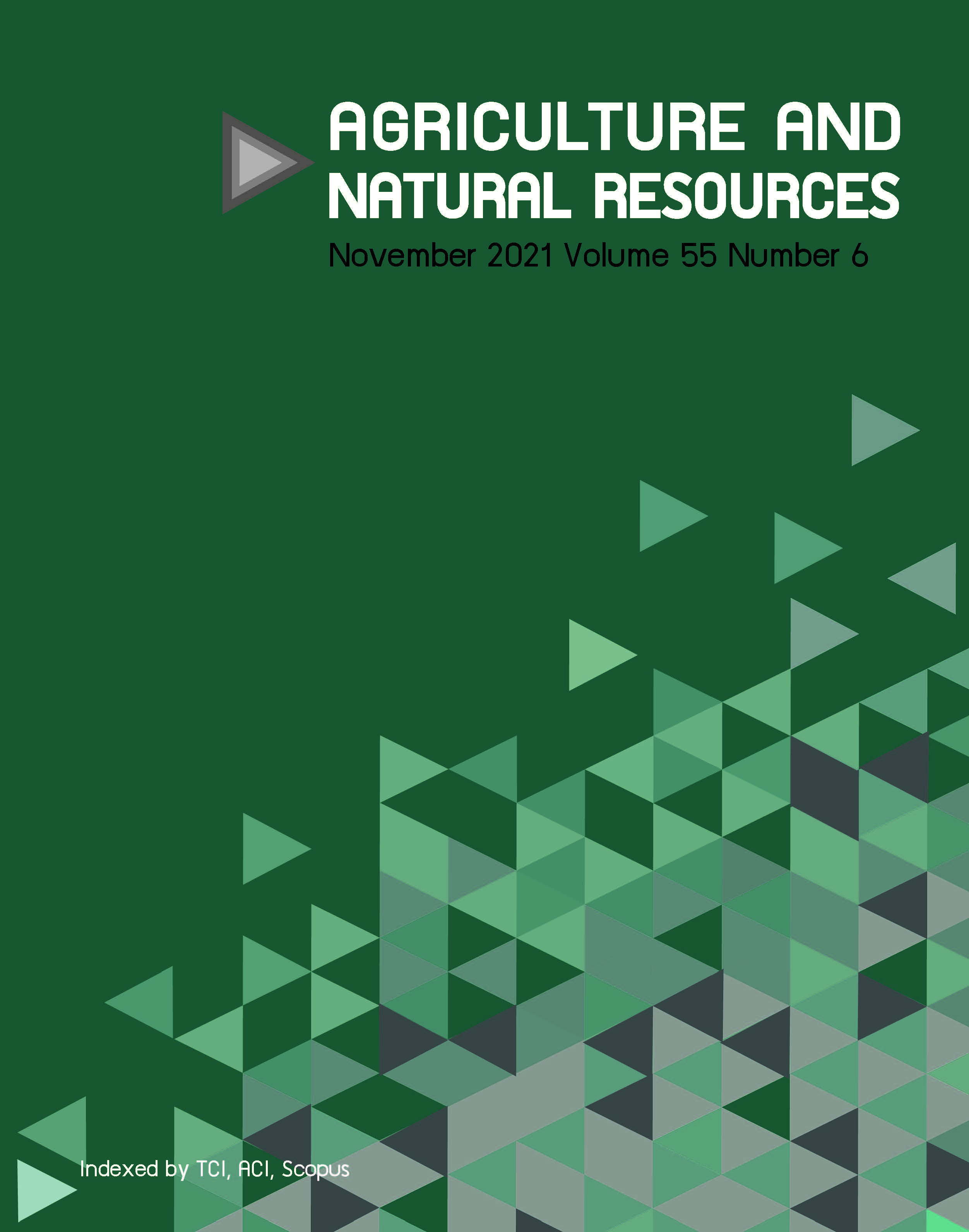Genetic variation of circadian clock genes in a cavernicolous Anopheles dirus (Diptera: Culicidae) in western Thailand
Keywords:
Anopheles dirus, Circadian clock genes, Limestone caves, Oviposition, Western ThailandAbstract
Anopheles dirus is typically a forest-dwelling species and an important malarial vector in parts of Thailand. An unusual oviposition site for this species is reported within a limestone cave completely devoid of light. Adaptation to an underground habitat may be the result of an alteration in the circadian clock genes that entrain daylight rhythms necessary for insect development. This study investigated the genetic variation in circadian clock genes of An. dirus larvae collected inside and nearby outside the cave. Larvae were collected using an artificial container serving as an oviposition site inside a cave (Wat Tum Benjaratnakorn) in complete darkness and outside three nearby limestone caves (Wat Tum Phromalok, Wat Tum Suedao, and Tum Pongfah) under normal light-dark conditions. Fragments were sequenced of the TIM, PER, CLK and CYC circadian clock genes. The variation in these partial genes showed a low level of polymorphism and no sign of natural selection in neutrality tests. Average nucleotide diversity was highest in TIM (π = 0.0046) and lowest in PER (π = 0.0011). However, high genetic differentiation in CLK was detected between mosquitoes collected inside and outside the caves. The highest pairwise FST value (0.7713) was found between CBJR and CAPF populations. Clustering analysis for CLK revealed that larvae inside the cave shared only one genetic background from the two genetic backgrounds present in outside populations. The results suggested a geographical barrier may exist between the two An. dirus groups, based on oviposition location and habitat utilization.
Downloads
Published
How to Cite
Issue
Section
License
Copyright (c) 2021 Kasetsart Universityonline 2452-316X print 2468-1458/Copyright © 2022. This is an open access article under the CC BY-NC-ND license (http://creativecommons.org/licenses/by-nc-nd/4.0/),
production and hosting by Kasetsart University of Research and Development Institute on behalf of Kasetsart University.







